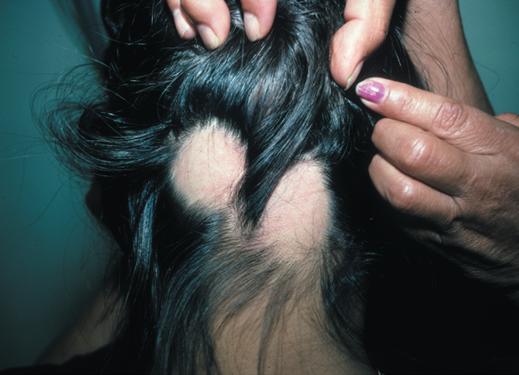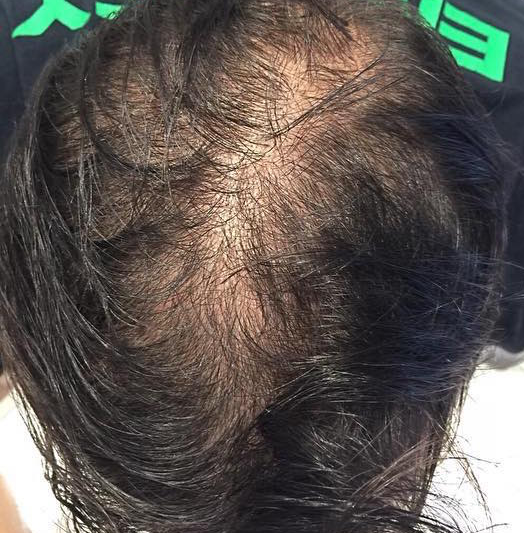Home / Common Concerns / Alopecia Areata
Alopecia Areata
Alopecia areata is a type of hair loss that occurs when your immune system mistakenly attacks hair follicles, which is where hair growth begins. The damage to the follicle is usually not permanent.
Experts do not know why the immune system attacks the follicles. Alopecia areata is most common in people younger than 20, but children and adults of any age may be affected. Women and men are affected equally.
Alopecia areata cannot be "cured" but it can be treated. Most people who have one episode may have more episodes of hair loss.
Alopecia areata cannot be "cured" but it can be treated. Most people who have one episode may have more episodes of hair loss.
It causes loss of hair from the scalp, face, and other parts of the body. Alopecia is an autoimmune disorder and occurs when the body’s own defense system attacks some cells causing hair loss.
At times, the condition resolves on its own, but if not attended timely the hair loss is sometimes permanent. People who develop one or more bald patches on the scalp find it very unpleasant and suffer a lot of distress.
Alopecia Areata Symptoms
Sudden loss of hair is defined, usually small round patches in the beginning. Coin-sized patches of hair begin to fall.
Excessive hair-fall even on touch, or clumps of hair left on the pillow or in the shower.
Bald patches spread rapidly, and hair growth may be affected in other body areas including eyelashes and beard, for example.
A burning sensation or crawling sensation or itching on scalp or the body area before hair loss.
Chronic or extensive alopecia sometimes can be associated with pitting of nails.
Risk Factors associated with Alopecia Areata
Genetics : If your parents have history of alopecia or any atopic disorder, you are at a high risk of suffering from Alopecia Areata. Family history of autoimmune disorders like SLE, RA, etc. also elevate the risk of developing Alopecia during your lifetime.
Hair care and styling : Use of harsh chemical through shampoos, hair colouring products or hair styling habits like using hair dryers can also increase the likelihood of Alopecia since these are found to be stressful to your hair & scalp.
Stress : Any exposure to unusual stressful factors like extreme weather conditions, etc. Emotional stress leading to use of anti-depressants or other medication increase the probability of getting Alopecia disorder.
Vaccination : Sometimes, particularly in children Alopecia is seen to develop post vaccination.
Viral infections : Viral infections can trigger alopecia areata.
Vit D deficiency : A study confirms that individuals with loe levels of Vit D are at high risk of developing alopecia.
Diagnosing alopecia Areata
The diagnosis of Alopecia and Diffuse Alopecia Areata depends majorly on clinical examination and hence Alopecia treatment is started immediately after the clinical examination.
The first step is conducting a Trichoanalysis. Since the disorder is fast spreading, it needs to be treated as early as possible.
What can you do about Alopecia Areata?
Although there is no permanent cure for alopecia areata, there are ways that may short-circuit the body's autoimmune reaction in the scalp and encourage hair regrowth.
Consistent follow-ups are needed to monitor the response since the disorder is highly unpredictable.
Are you struggling with this condition? See How We Can help.
Learn more about:
Why Nina Ross Hair Therapy?
State of the art + PERSONALIZED TREATMENTS
Founder of NRHT - Dr. Nina Lassiter, BCDHH
Transformations
View Real Patient Before & Afters
Reviews
see testimonials from current clients
Get answers from a specialist
Request a phone call and get your questions answered
Call 678.561.4522












